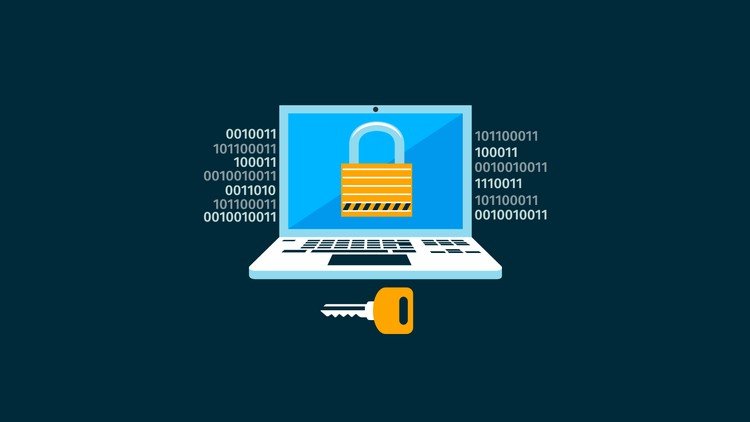Online Payments: Threats and Prevention

Online purchases have been happening since nearly as long as the internet has been publicly available. The internet has been used by the public since 1991; the first online card purchase was performed in 1994. This is great because all of the trial and error has mostly been done and online card transactions are far safer than they used to be. Reputable online vendors follow three strict rules to ensure the safety of their customers.
- They use strong authentication practices.
- They encrypt transactions.
- They ensure they are PCI compliant.
Even though online transactions have become far more reliable than in the past, there are still threats to your digital security of which you need to be aware.
1. Website is Not Reputable
As we said, reputable online retailers follow safe practices to secure their customers. Unfortunately, not all online stores and services are reputable. There is always the risk that an online retailer isn’t providing any additional protection to users, which makes your logged information (including credit and debit card info) easily accessible by hackers.
How to Protect Yourself:
Ensure the safety of the website you are visiting before making a purchase. Check for badges on the purchasing page that shows off security measures. These will often show which company they use to provide authentication or encryption (think Mcafee Secure or Trust Guard). Additionally, you can check up on any web store with the Better Business Bureau to check reviews or alerts.
2. Website has a Loose Privacy Policy
How to Protect Yourself:
The best way to ensure your data stays private and secure is to use a VPN. You can download a reputable VPN and when it is active you can know that your information and logged information is hidden and you are safe and anonymous.
3. You are Infected by Malware
How to Protect Yourself:
Make sure that you have and are actively using good anti-malware software. This can prevent malware from ending up on your system as well as warn you when you are trying to enter unsafe webpages.
4. Confusing and Misleading Sales Pitches
This one is a doozy. Sometimes you see service or product you really want to try and impulsively purchase it without reading all the information on the webpage. Other times webpages intentionally make their purchasing terms difficult to find and/or understand.
Either way, it is all too common that online consumers end up purchasing an item or service without understanding the long-term cost. This can mean you think you are purchasing a one-time service, but you are actually signing up to be charged monthly. It can also mean that you think you are getting a better deal on an item, but you are actually just agreeing to pay instalments.
Maybe you agree to a free sample of an item, but don’t realize you are automatically charged the full price if you don’t return the product at the end of the “trial period.” This can be one of the most frustrating abuses of online sales because it is often hard to prove that you were misled if it comes down to legal action.
How to Protect Yourself:
Always check websites with the Better Business Bureau or your country’s equivalent. These reviews can help you see if other users have fallen victim to predatory practices. Also, be wary of “free” or “rebate” deals, and always, always, always read the fine print.
Image from Udemy.com